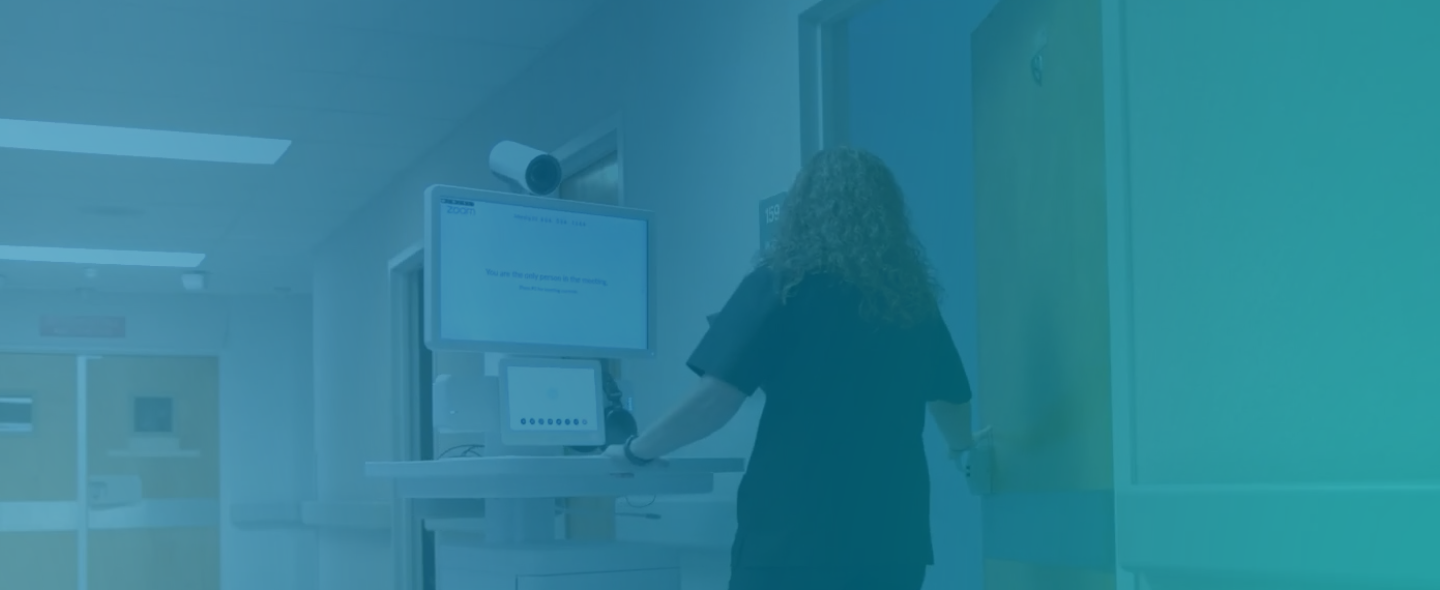
Looking for Allowable Investments?
SHIP Funding Priorities
Hospitals must first meet SHIP funding priorities before using resources to support investments in other areas.
SHIP funds should be prioritized by participating Critical Access Hospitals (CAH) in the following manner:
- Hospitals must meet MBQIP participation requirements in order to improve hospital quality outcomes. Non-federal tribal hospitals may use another culturally sensitive federally managed measure of hospital quality outcomes.
